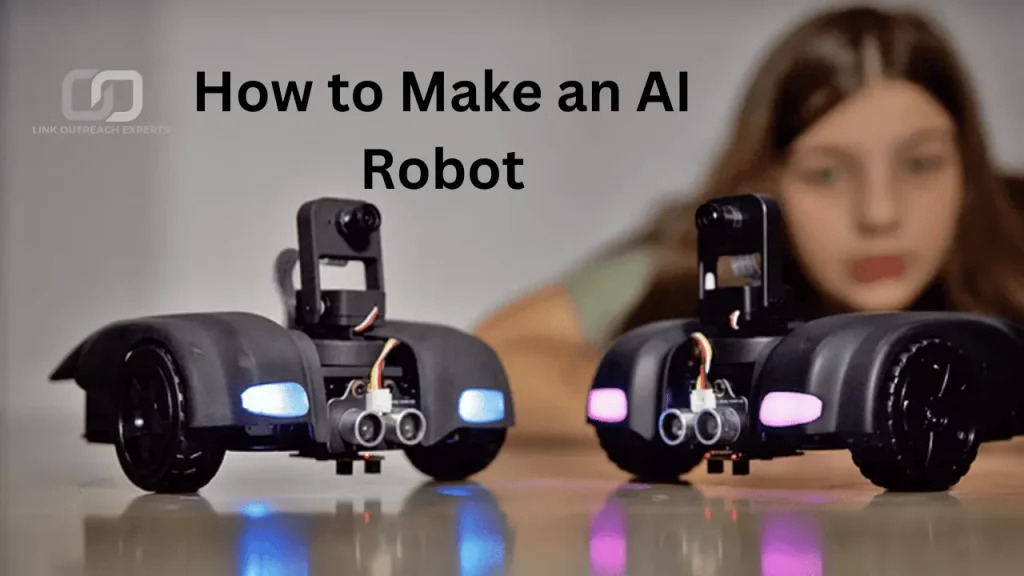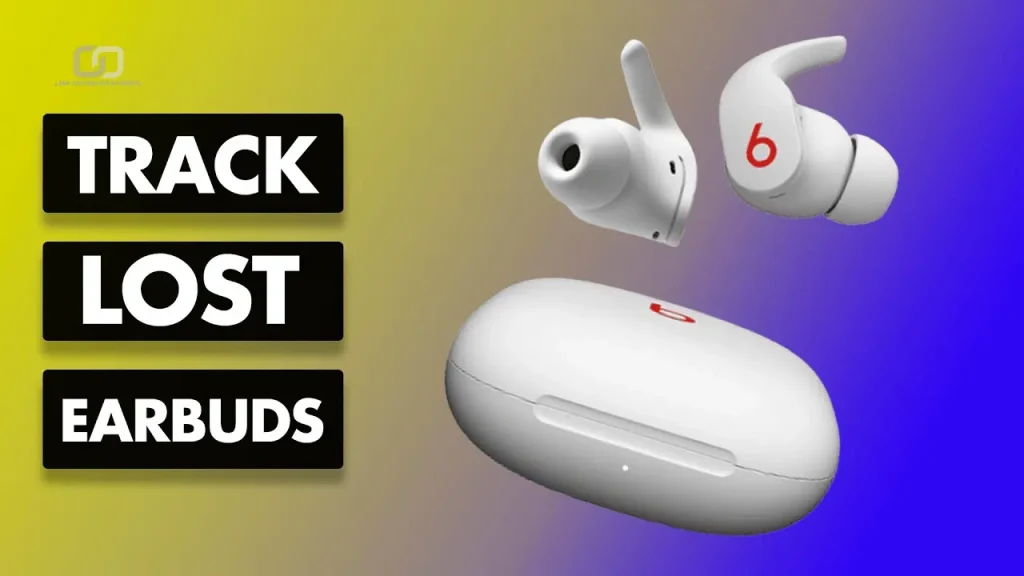The content creation landscape has fundamentally shifted. AI tools can now generate blog posts in seconds, create social media captions on demand, and even produce video scripts that rival human-written content. Yet something feels missing when we rely entirely on artificial intelligence—that spark of authenticity, the unexpected turn of phrase, the personal story that makes readers stop scrolling and actually connect.
As we navigate 2025, content creators face a crucial question: How do we harness AI’s efficiency without sacrificing the human elements that make content truly compelling?
The AI Revolution: Powerful but Imperfect
AI content tools have become remarkably sophisticated. ChatGPT can write detailed articles, Jasper can craft marketing copy, and Claude can analyze complex topics with impressive depth. These tools offer undeniable advantages:
- Speed: Generate first drafts in minutes instead of hours
- Consistency: Maintain tone and style across large content volumes
- Research assistance: Quickly compile information from multiple sources
- Idea generation: Break through creative blocks with fresh angles
- SEO optimization: Structure content for search engine visibility
But here’s the catch: AI-generated content often sounds… well, like AI wrote it. It can be technically correct yet emotionally flat, comprehensive yet somehow forgettable. The voice feels generic, the examples predictable, and the insights surface-level.
The Human Edge: What AI Can’t Replicate
Human creativity brings elements that AI simply cannot authentically reproduce:
Personal Experience and Storytelling
When a small business owner shares how they nearly went bankrupt before discovering a game-changing strategy, that story carries weight no AI prompt can manufacture. Personal anecdotes create emotional connections that transform casual readers into loyal followers.
Cultural Nuance and Context
Humans understand subtle cultural references, local humor, and social dynamics that AI might miss or misinterpret. We know when to break grammatical rules for effect, when to use slang, and how to read between the lines of trending topics.
Intuitive Leaps and Creative Connections
The best content often comes from unexpected connections—linking quantum physics to productivity tips, or finding business lessons in childhood experiences. Human brains excel at these creative leaps that feel fresh and surprising.
Emotional Intelligence
Understanding your audience’s fears, aspirations, and pain points goes beyond keyword research. Humans can sense what will resonate emotionally and craft content that speaks to people’s hearts, not just their search queries.
The Sweet Spot: A Collaborative Approach
The most effective content strategy in 2025 isn’t choosing between AI and human creativity—it’s finding ways to amplify each other’s strengths. Here’s how to strike that balance:
Use AI as Your Research Assistant
Instead of asking AI to write your content, use it to:
- Compile background research on complex topics
- Generate lists of subtopics to explore
- Create initial outlines or structural frameworks
- Suggest headline variations for A/B testing
- Check facts and find supporting statistics
Let AI Handle the Heavy Lifting, Humans Add the Magic
Start with AI-generated drafts, then transform them by:
- Adding personal stories and examples from your own experience
- Injecting your unique voice and personality through word choice and tone
- Including controversial opinions or fresh perspectives that AI might avoid
- Incorporating current events and cultural references that feel timely and relevant
- Crafting memorable openings and conclusions that stick with readers
Create AI-Human Content Workflows
Establish processes that leverage both:
- Ideation Phase: Use AI to generate topic ideas, then filter through your human judgment for what will truly resonate with your audience
- Research Phase: Let AI compile information while you add insights from personal experience, industry connections, or unique observations
- Writing Phase: Start with AI outlines or rough drafts, then rewrite in your authentic voice
- Editing Phase: Use AI for grammar and structure checks while you focus on emotional impact and reader engagement
Practical Strategies for Content Creators
The 70-30 Rule
Aim for roughly 70% human input and 30% AI assistance. This ensures your authentic voice remains dominant while benefiting from AI’s efficiency.
The Personal Touch Test
Before publishing any content, ask: “Could only I have written this?” If the answer is no, add more personal insights, experiences, or perspectives until it passes the test.
AI as Editor, Not Author
Use AI tools to improve existing human-written content rather than generate new content from scratch. This maintains your voice while enhancing clarity and structure.
Create Content Templates
Develop frameworks where AI handles standardized elements (research compilation, basic structure) while you focus on the creative, personal, and strategic components.
The Authenticity Imperative
In an era of AI-generated content, authenticity becomes your competitive advantage. Readers are developing sophisticated radars for generic, soulless content. They crave:
- Real experiences over theoretical knowledge
- Honest mistakes and failures alongside successes
- Controversial opinions rather than safe, middle-ground takes
- Behind-the-scenes insights into your creative process
- Genuine passion for the topics you cover
Looking Ahead: The Future of Human-AI Collaboration
As AI tools become more sophisticated, the premium on human creativity will only increase. The content creators who thrive will be those who:
- Master AI tools as creative partners, not replacements
- Develop distinctly human voices that can’t be replicated
- Build genuine relationships with their audiences through authentic storytelling
- Stay curious and continue learning from both technology and human experience
The Bottom Line
AI and human creativity aren’t competitors—they’re dance partners. AI provides the technical foundation, research support, and structural efficiency. Humans bring the emotion, authenticity, and creative spark that transforms good content into unforgettable content.
The magic happens when we stop viewing this as an either-or choice and start seeing it as a both-and opportunity. Use AI to handle what it does best, then pour your humanity into what makes content truly worth reading.
In 2025 and beyond, the content creators who succeed won’t be those who resist AI or those who rely on it entirely. They’ll be the ones who find that perfect balance—leveraging artificial intelligence to amplify human creativity, not replace it.
Your voice, your experiences, your unique perspective—these remain irreplaceable. AI is just a really good assistant helping you share them with the world more effectively.
What’s your experience balancing AI tools with human creativity? Have you found strategies that work particularly well for your content? Share your thoughts in the comments below.

